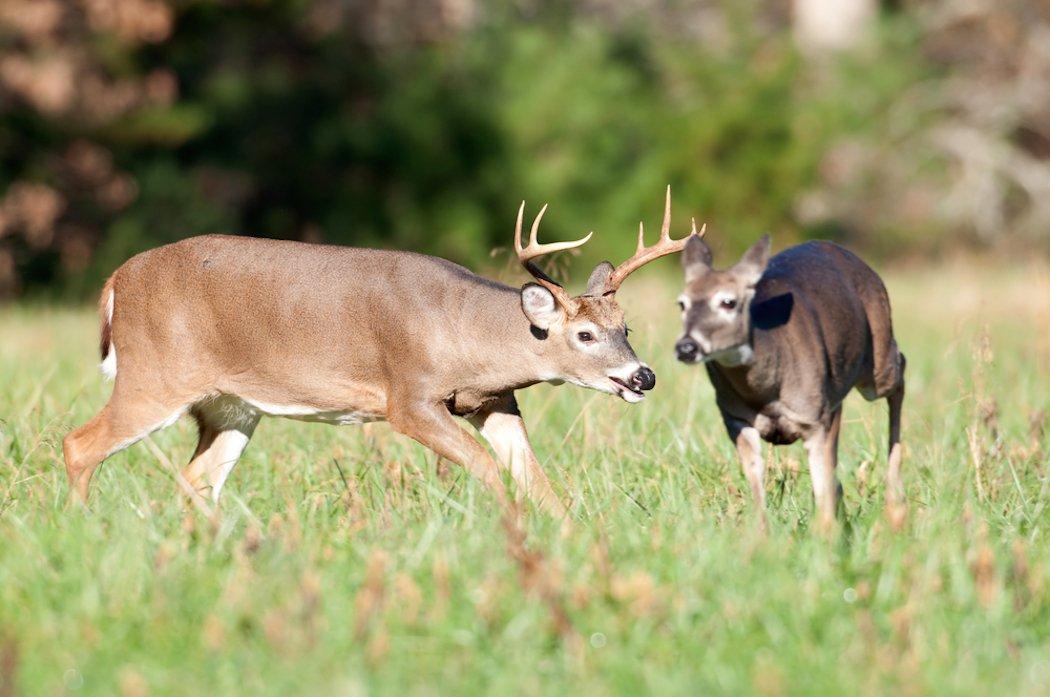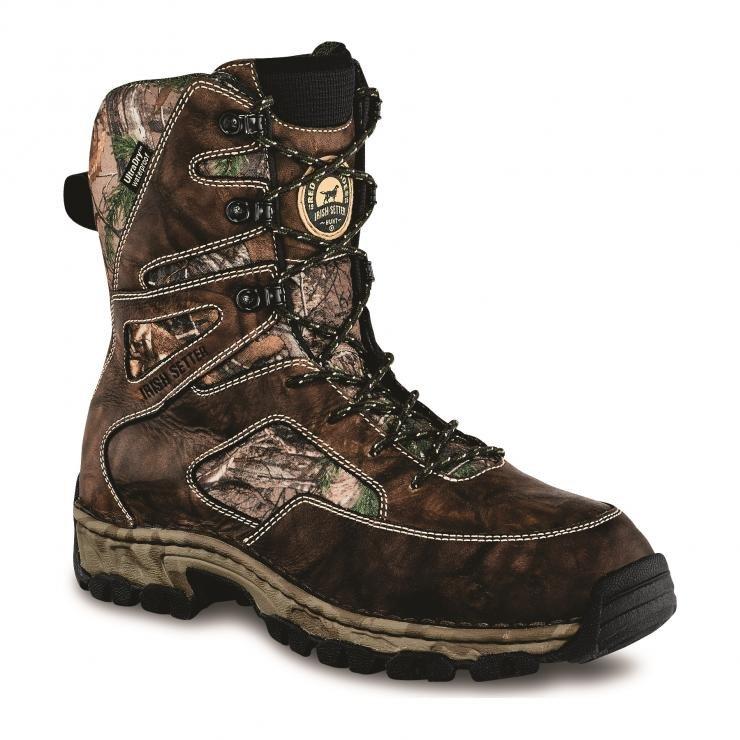Did You Know These Things?
The rut isn't just the best time of year for a white-tailed deer. It's the best time of year for a white-tailed deer hunter, too. Here are 10 interesting facts about the rut. Some of it is handy knowledge for the month of November (and other times for you southerners). The rest you can pretty much chalk up as useless knowledge in the deer woods. And . . . go.
1. Photoperiod, or daylight length, is the trigger for the rut. Deer are short-day breeders. Meaning it's happening right about now, y'all.
2. Deer communicate by chewing on licking branches and urinating over their tarsal glands while standing in a scrape. It's believed that identification, hierarchy and breeding status are relayed through these chemical communicative signals.
3. The rut is broken down into three phases: seeking, chasing and tending. The seeking phase is that period when bucks begin cruising for does. The chasing phase is when they begin chasing (obviously). And the tending phase is when breeding takes place. All in the name of procreation.
4. The rut is shorter and more pronounced when buck-to-doe ratios are closer to 1:1. When it isn't, the rut is more prolonged and gets dragged out.
5. The scent organ located in the roof of a buck's mouth is called the vomeronasal organ. It acts as a stimulant for it, elevating its body to peak breeding status.
6. A doe will remain in estrus for 24 to 48 hours. During this period, bucks will jockey for the right to deliver.
7. Does that aren't bred during their first estrus cycle will come into heat a second time 28 days later. That period is referred to as the second rut and generally takes place in early to mid December.
8. Younger does (fawns and yearlings) won't breed until they reach a certain weight threshold. That is generally 70 to 80 pounds in the northern states.
9. It's possible for twin and triplet fawns to be sired by different bucks. So, in some instances, twin and triplet fawns aren't actually twins and triplets.
10. Back-dating fawn fetuses (from the same location) is the best tool we have to know when the rut happens from year to year in a given area. Call your local biologist to see if they have that information available.
Don't Miss: How to Hunt the Phases of the Rut
Are you a deer hunter wanting to learn how to accomplish your goals? Check out our stories, videos and hard-hitting how-to's on deer hunting.








